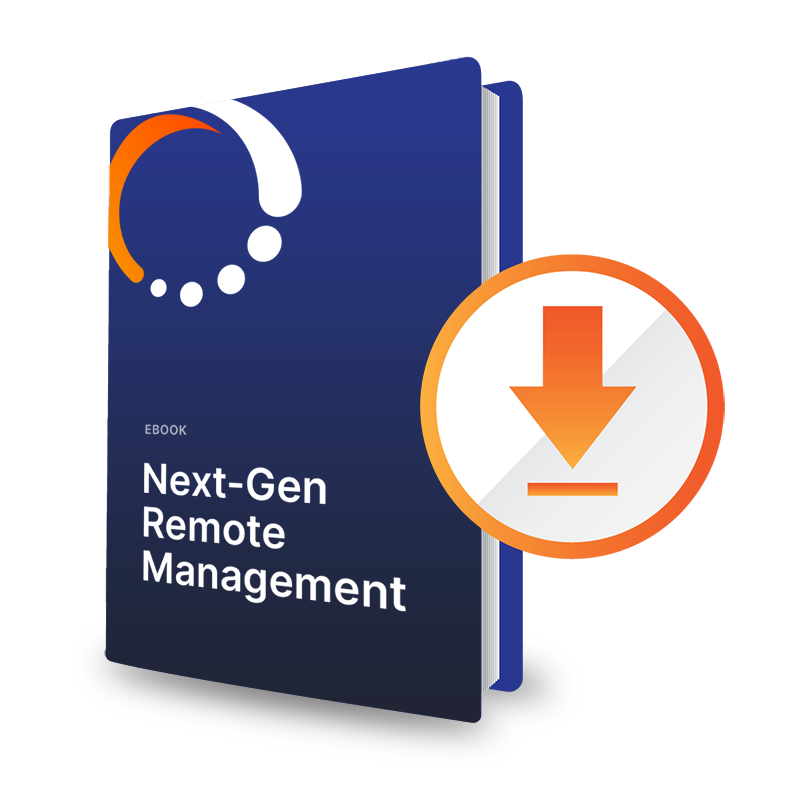IoT Facility Management: How Can IoT Technology Enhance Facility Management?
IoT offers facilities managers cost-saving and efficiency-enhancing opportunities by optimizing operations and improving tenant experience.

Facilities management is an unforgiving, challenging job with myriad demands and responsibilities.
Facilities managers are like the captain of a ship, responsible for everything needed to keep the building afloat – security, maintenance and engineering, property management, tenant relationships, space planning, environmental control, communications, and more. And the ecosystem in which this takes place is far from static. Changing government regulations create compliance nightmares. At the same time, energy costs rise, tenant expectations change, and everything in the building ages and occasionally fails unexpectedly, causing maintenance and engineering headaches.
That’s why facilities managers should be keenly interested in putting the Internet of Things to work in their buildings.
Low-hanging fruit
In the context of facilities management, the IoT is any network of devices that help make the building smarter. The low hanging fruit may be technology like smart energy meters, which can eliminate the need for routine visits to take meter readings. IoT can also include – but is certainly not limited to – connected thermostats and environmental controls, motion sensors for knowing where tenants are within the floor plan, diagnostic sensors for machinery, and cameras and security sensors in and around the building.
Deploying sensors around an office building, for example, can help you better optimize workspaces. The IoT can monitor what spaces are used, when, and how often.
Facilities management can then leverage this information to understand what conference rooms and other spaces are over- and under-utilized and make changes to optimize facility use and improve the tenant experience.
And because the IoT captures and analyses information in real-time, we’re not talking about a research project with a payoff one or two quarters later – IoT-equipped facilities can effect change quickly, responding to current traffic and usage patterns in near-real-time.
Reaping significant savings
Facilities can reap significant savings by using some of the same instrumentation to measure and track occupancy for other applications, like managing lighting and climate control.
By collecting a suite of data about work and living spaces – like light, temperature, humidity, CO2, and even volatile organic compounds (VOC), it’s possible to improve tenant health and wellbeing.
There’s data to suggest that people are more susceptive to headaches when there is a high concentration of CO2, which is common in confined spaces with a lot of people, like packed conference rooms. IoT can be programmed to monitor CO2 levels and automatically increase air circulation to prevent that kind of problem.
Adding predictive analysis
Predictive analysis is another powerful feature of the IoT. By instrumenting mechanical assets with sensors that measure things like temperature, power quality, and vibration, facility managers can get real-time feedback on equipment status.
But more importantly, IoT analytics tools can assess the data and make predictions about when equipment needs maintenance and when it may fail. Vibration data, for example, is a strong predictor of impending faults in HVAC systems, and being able to intervene before failure means the difference between preventative maintenance and inconveniencing tenants while you perform unplanned emergency repairs.
Other benefits
Instrumenting the facility can pay off in other, unexpected ways. In one real-world example, a climate-controlled self-storage facility placed sensors on its doors and found that its astronomical cooling bill was the result of clients propping doors open for extended periods of time. The IoT technology was trained to notify staff when any door was left open for an unusual amount of time, solving that problem.
Moreover, the IoT can solve problems with energy waste caused by tenants and visitors having access to thermostats and other environmental controls. A corporate policy mandating a specific temperature setting does no good if the thermostat can’t be locked down, for example.
Centralizing control through IoT automation avoids that problem – and can also let managers take control over outside lighting, illuminating areas as needed fort security and safety without wasting energy on unnecessary or random illumination.
The world is changing, and with it, the demands on facility management. Thankfully, the IoT is offering to deliver a competitive advantage to facilities managers who want to deploy one to improve the tenant experience and saving money and resources at the same time.













